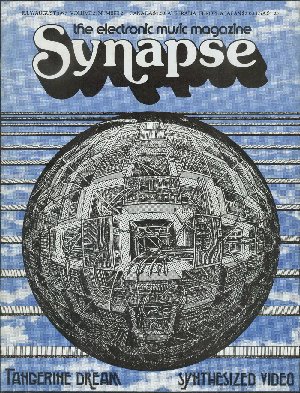C’è del fascino nella poetica degli oggetti trovati…
DbN take old cassette tapes found on flea markets and thrift stores and use them as raw material in fully live improvised electronic music performances.
The found tapes are sampled, manipulated, processed and ”physically played” using granular synthesis and other techniques, to create obscure rhythmical structures, noises and drones.
For each and every concert DbN use only cassette tapes found locally within the city or the area of the specific concert venue, making the raw material for every performance totally unique.
The audience is encouraged to bring their own cassette tapes to the venue for use in the performance.


